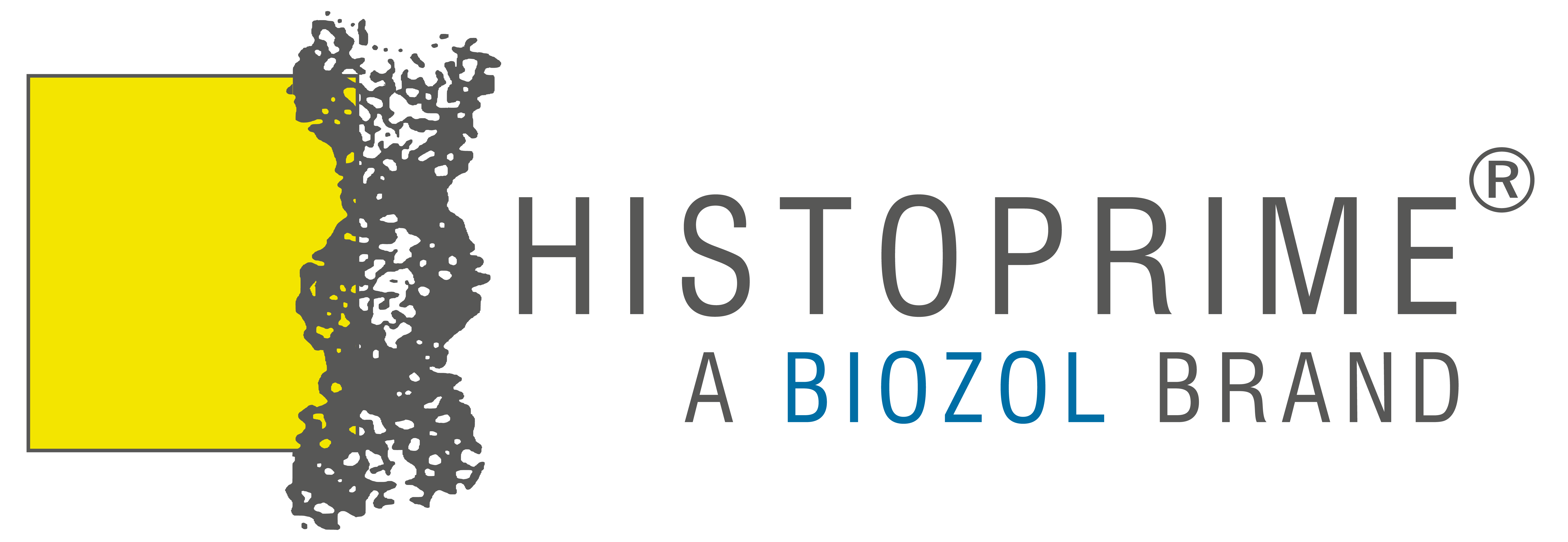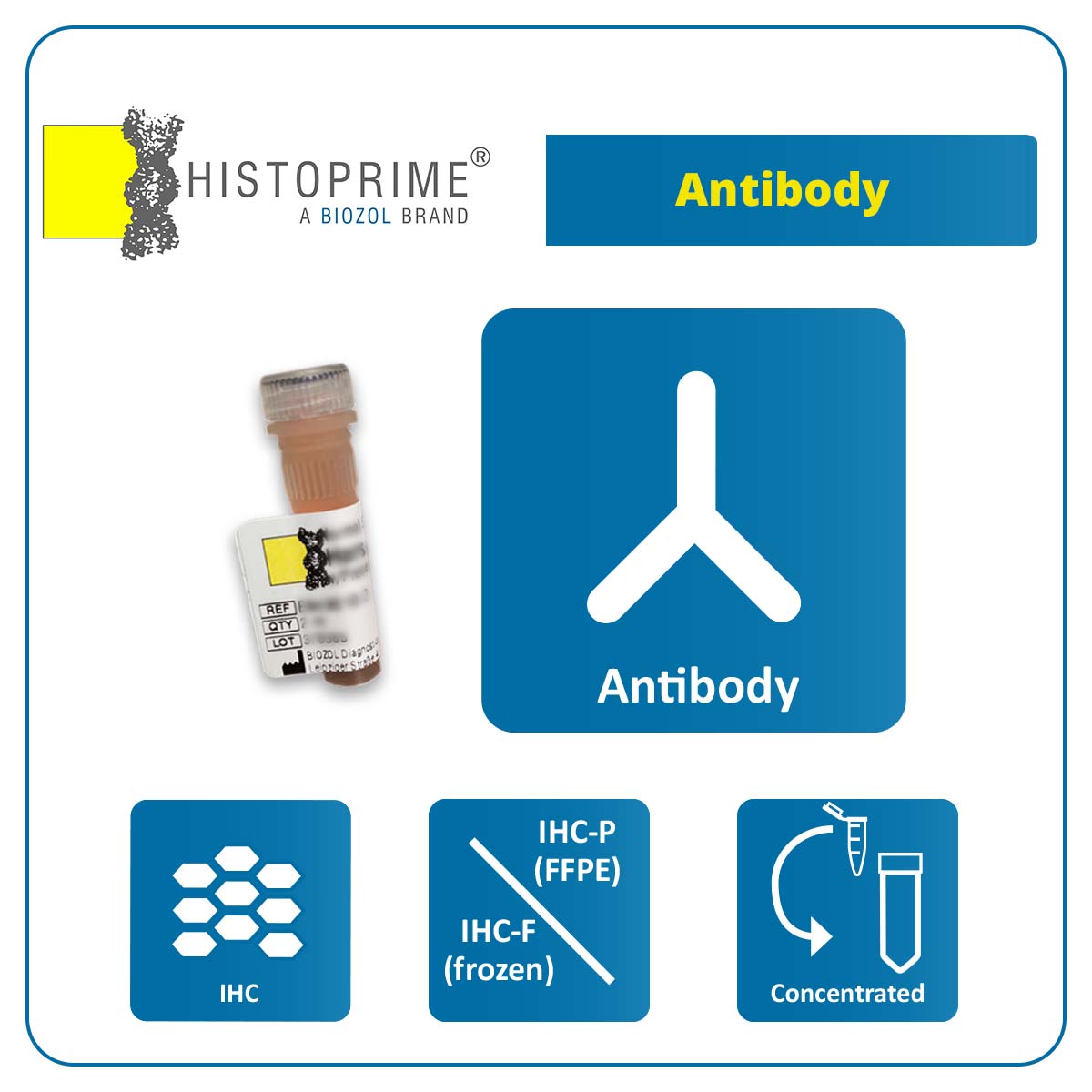Mouse anti-Human Cytokeratin Pan (unconjugated), Clone AE1+AE3, IgG1, Purified
Concentrated Antibody for Immunohistochemistry
Background
A group of 19 different water-insoluble proteins forms the cytokeratins. Together with microtubules and microfilaments, they form the cytoskeleton of epithelial cells. Normally, it is the case that different cytokeratins are found simultaneously in one cell. This is independent of cell type, cell environment, disease and differentiation stage.
If a conversion from normal to neoplastic cells takes place, the expression of these proteins is maintained.
Synonyms
Cytokeratin Pan
| Specificity | Cytokeratin Pan |
|---|---|
| Species Reactivity | Bovine, Chicken, Human, Mouse, Rat |
| Host / Source | Mouse |
| Isotype | IgG1 |
| Application | IHC-F, IHC-P |
| Clone | AE1+AE3 |
| Antigen | Human Cytokeratin Pan |
| Quantity | 0, 1 ml |
| Format | Purified |
| Storage Temperature | 2-8 °C/-20 °C |
| Shipping Temperature | 2-8 °C |

